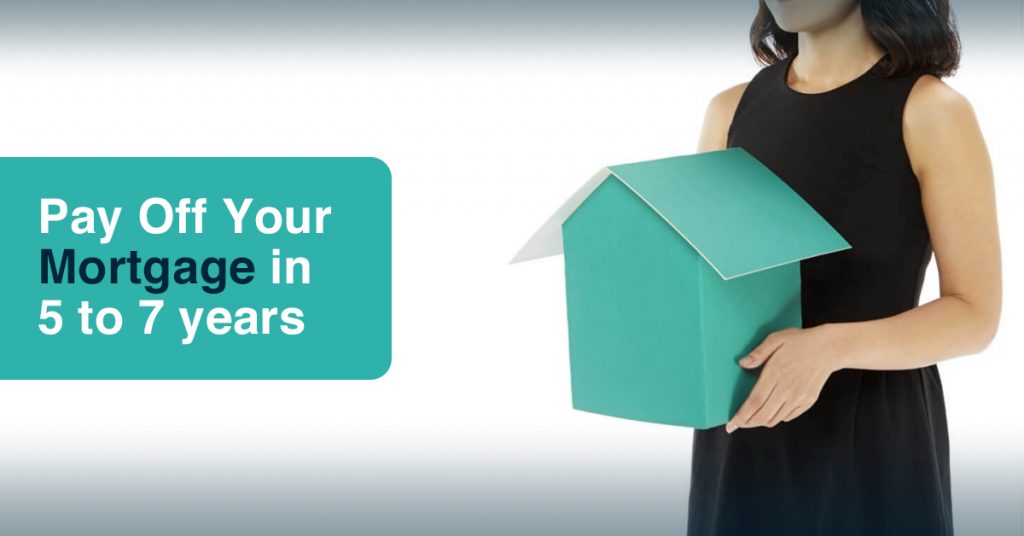Retirement comes around for everyone. Will you be scraping by, or in the ‘cruise ship to Europe’ category? Calculating how much you need, and how you’ll get there, starts right now – whatever age you are.
The dollar figure in your superannuation fund on the day you retire is an important one.
Ask yourself, how much will I need?
What will I actually have at retirement if I quit working at age 68?
If I live til my 80’s or 90’s, will I have enough to see me through comfortably?
And the big one: what can I do now to boost my super ready for retirement, no matter what age I am?
How to calculate the amount of super you need
At some point, everyone transitions into their ‘twilight years’, which should be the best years of your life. And they can be, if you have a strategy to build you superannuation across your working lifetime and avoid the common shortfall between what you need and what you have once the big day arrives.
Let’s take a quick look at the kinds of dollars we’re talking about. The Association of Superannuation Funds of Australia (ASFA) Retirement Standard provide a good general indication of how much you’ll need to retire on:
Modest Lifestyle
| Single | Couple | |
| Total per year | $28,220 ($543/week) | $40,719 ($783/week) |
Comfortable Lifestyle
| Single | Couple | |
| Total per year | $44,183 ($850/week) | $62,435 ($1,201/week) |
Source: ASFA Retirement Standard report (March quarter 2020, national)
A modest lifestyle is one that’s very basic and doesn’t involve any of the ‘frills’ you might have been looking forward to in retirement.
A comfortable lifestyle means you have the ability to spoil the grandkids, go on some holidays and eat at a fancy restaurant occasionally.
So, what’s the total amount you need to live in the comfortable bracket? The ASFA says $545,000 in savings for single people, and $640,000 for couples in today’s dollar.
What else do you need to factor in?
Of course, you have to consider your personal spending habits, hobbies, family and dependents, and the kind of lifestyle you want to indulge in, as well as the age you want to retire at.
If you own your own home, the general rule is that you’ll need two-thirds of your current income to live comfortably. Otherwise, you’ll need to factor in your mortgage or rent payments as well.
How to bump up your super if you’re facing a shortfall
You can use a superannuation calculator to predict your superfund amount at retirement age.
As an example, Toby is 42 years old and earns $65,000 per year. He currently has $70,000 in his superannuation fund and wants to know how much he’ll be able to retire on annually if he quits the worksforce at age 65. He’d like $50,000 per year, but at his current rate, he’ll only have $33,500.
That’s why it’s so important to know your end goal, and start working towards it now. A few extra contributions, salary sacrificing, and annual checks on your superfund can surge your fund in the right direction.
If you think you’ll fall short, you’re not alone, and luckily there’s plenty you can do to actively build your super over your working years.
Super strategies if you’re in the 30s age range
Your 30s are the best era to start your super with a bang because you have time – and compound interest – working for you over several decades.
- Make pre-tax salary sacrifice contributions into your superfund. These are taxed at just 15%, which means you’re utilising compound interest and getting some great tax advantages too.
For example, if 32-year-old Lincoln salary sacrifices $30 a week to his super, by 67 his superfund will be $147,600 more robust, $93,000 of which is accrued interest. That’s assuming a 5% interest, compounded monthly. - Talk to an advisor about a higher-risk superannuation portfolio while you still have plenty of time before leaving the workforce, to bump up your savings early on.
- Make lump-sum voluntary contributions. In some cases, you may be able to claim a tax deduction for your contribution, and take advantage of any government co-contributions.
Strengthen your superfund in your 40s
In your 40s, you might start seeing some easing in your expenses as the kids get older. This is an excellent time to turn up the heat on your superfund strategy.
- Consolidate your super into one account. It’s a simple process, and you’ll save thousands on admin fees.
- Leverage any other assets or consider investing into property. You can double-whammy by using the tax benefits and any income from those assets as contributions to your superannuation, giving you greater long-term profit through compound interest.
- Do an annual health check on your superfund. Make sure you’re not missing out on tax benefits, government or employer contributions, or paying too much in account fees or insurance. Look for any lost super, too.
Fire up for the final 50s
While you won’t have the power of time and compound interest working for you as effectively, there’s still a lot you can do in your 50s to ramp up your retirement savings.
- Decide on how you want to receive your super benefit. Choosing how you receive it – lump sum, an income stream or a combination of both – and at what age, will help you plan your superannuation strategy more effectively in the run-up to retirement.
- Speak to a professional about a vigorous superannuation contribution plan now that you’re an empty-nester with an owned home. Make more personal contributions and utilise any tax advantages, and tailor your investment options to suit your final financial goal.
- Check all your insurances and beneficiaries. As your family situation changes, you might have redundant insurances or named beneficiaries that you’re paying for each month. Keep doing your annual superannuation health check.













